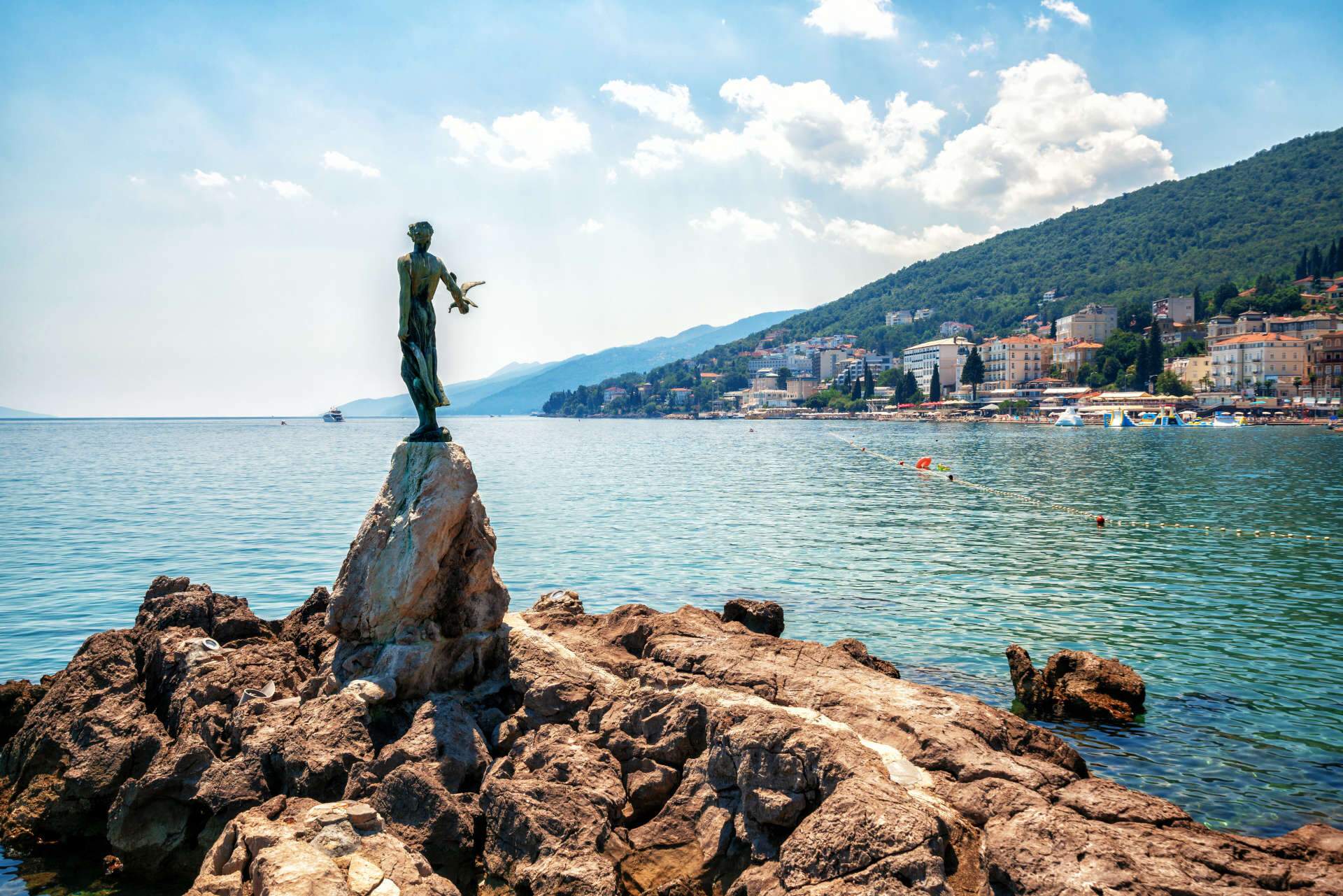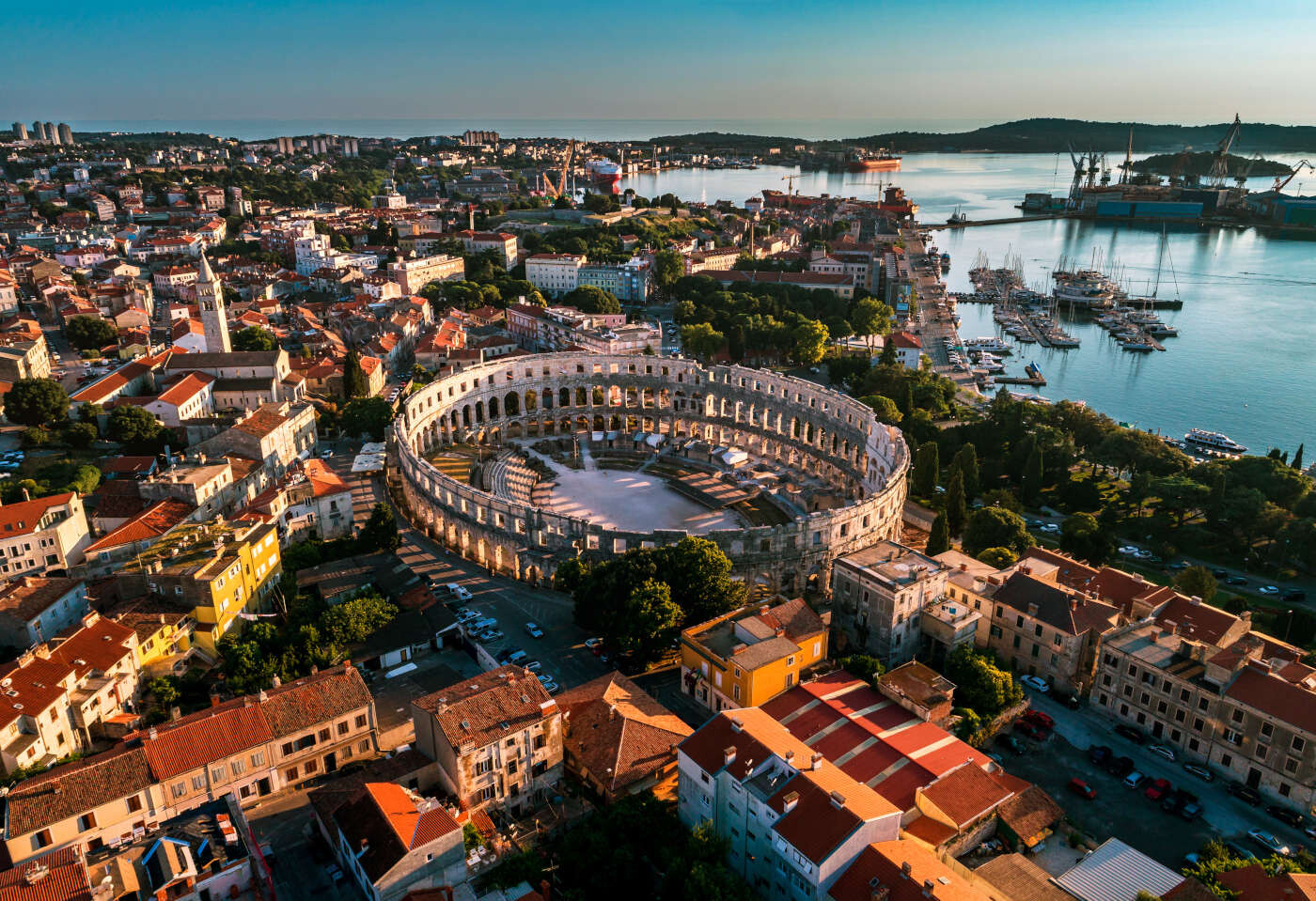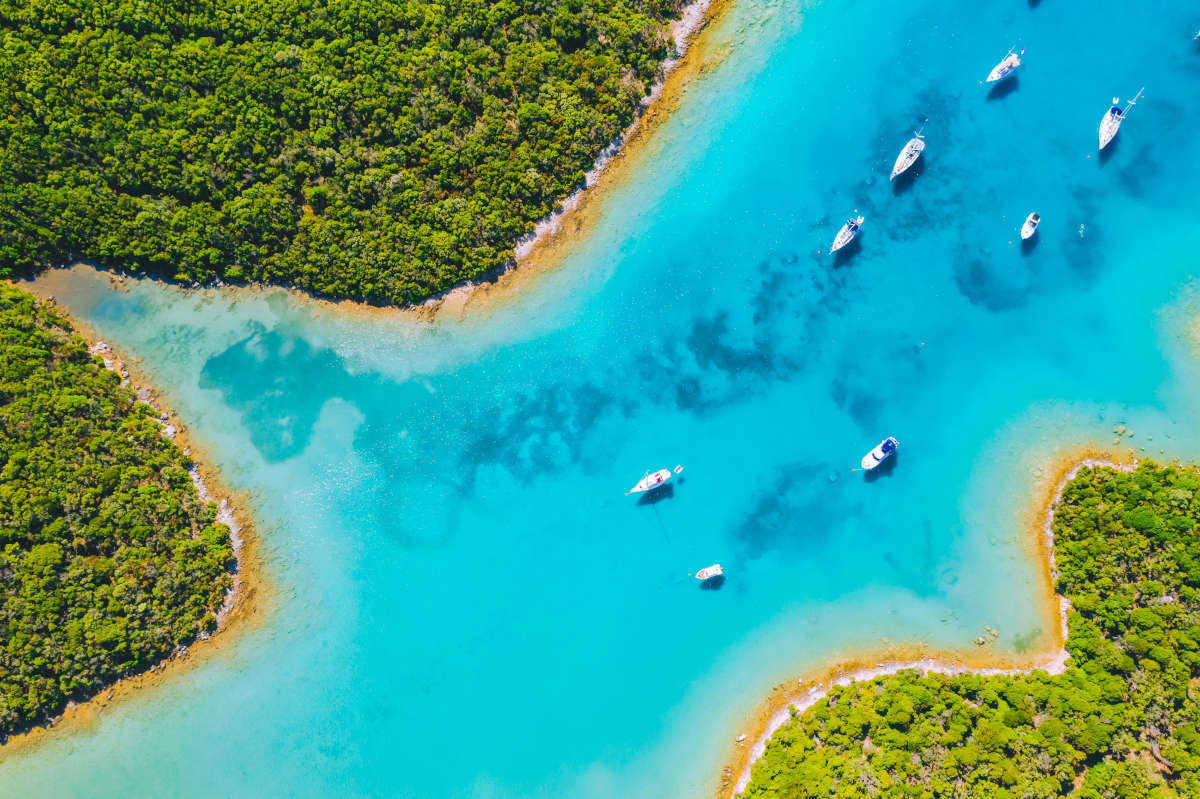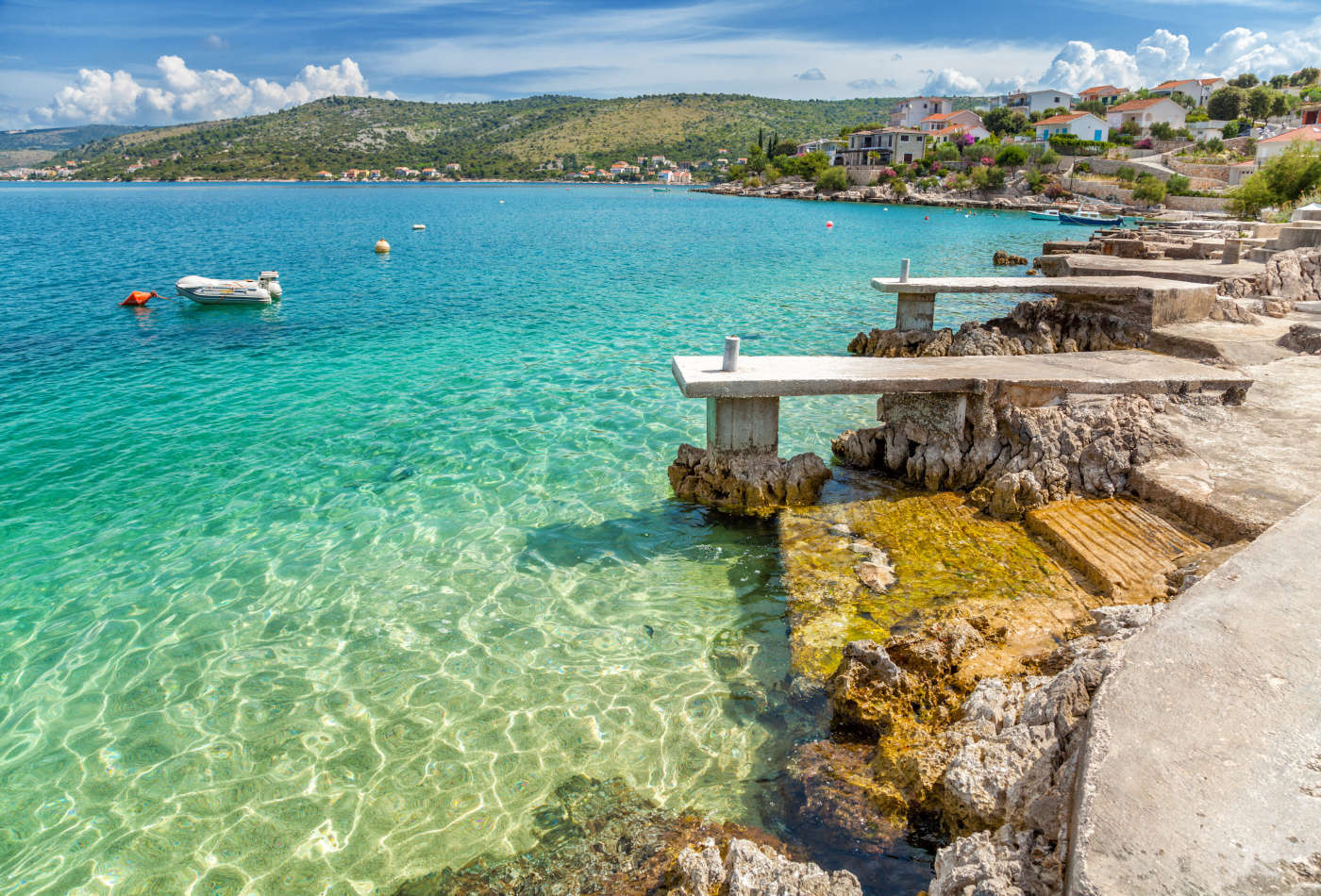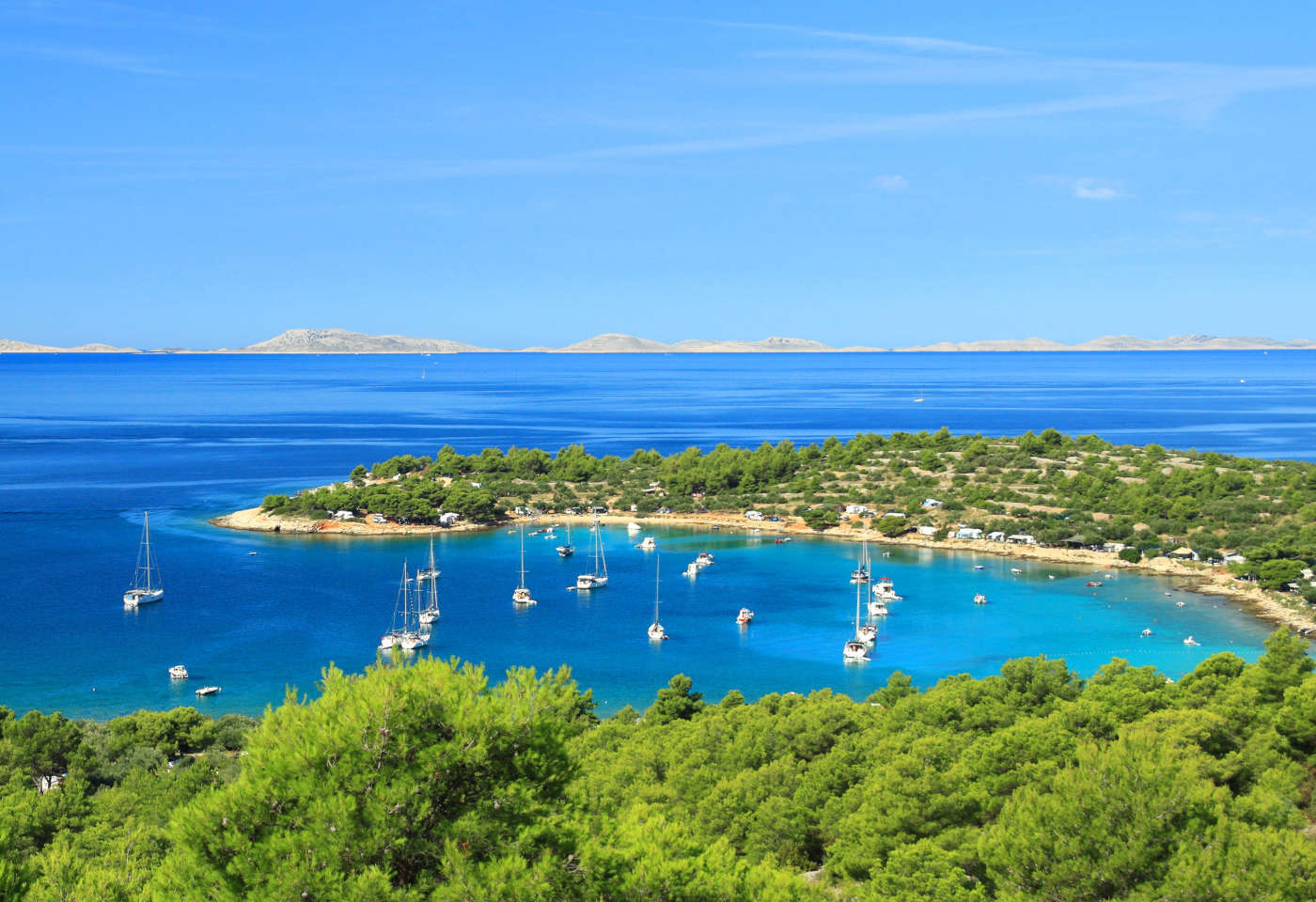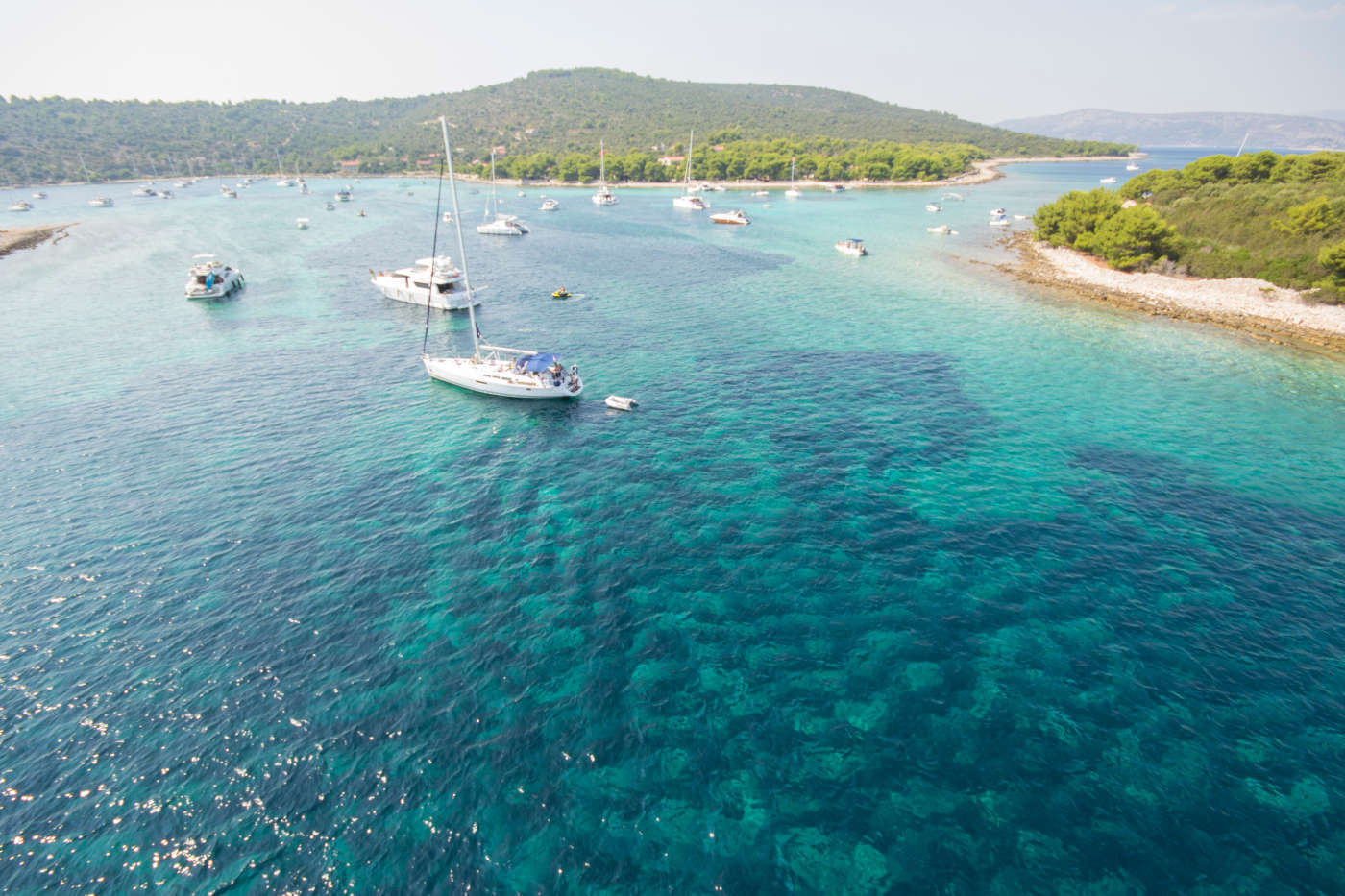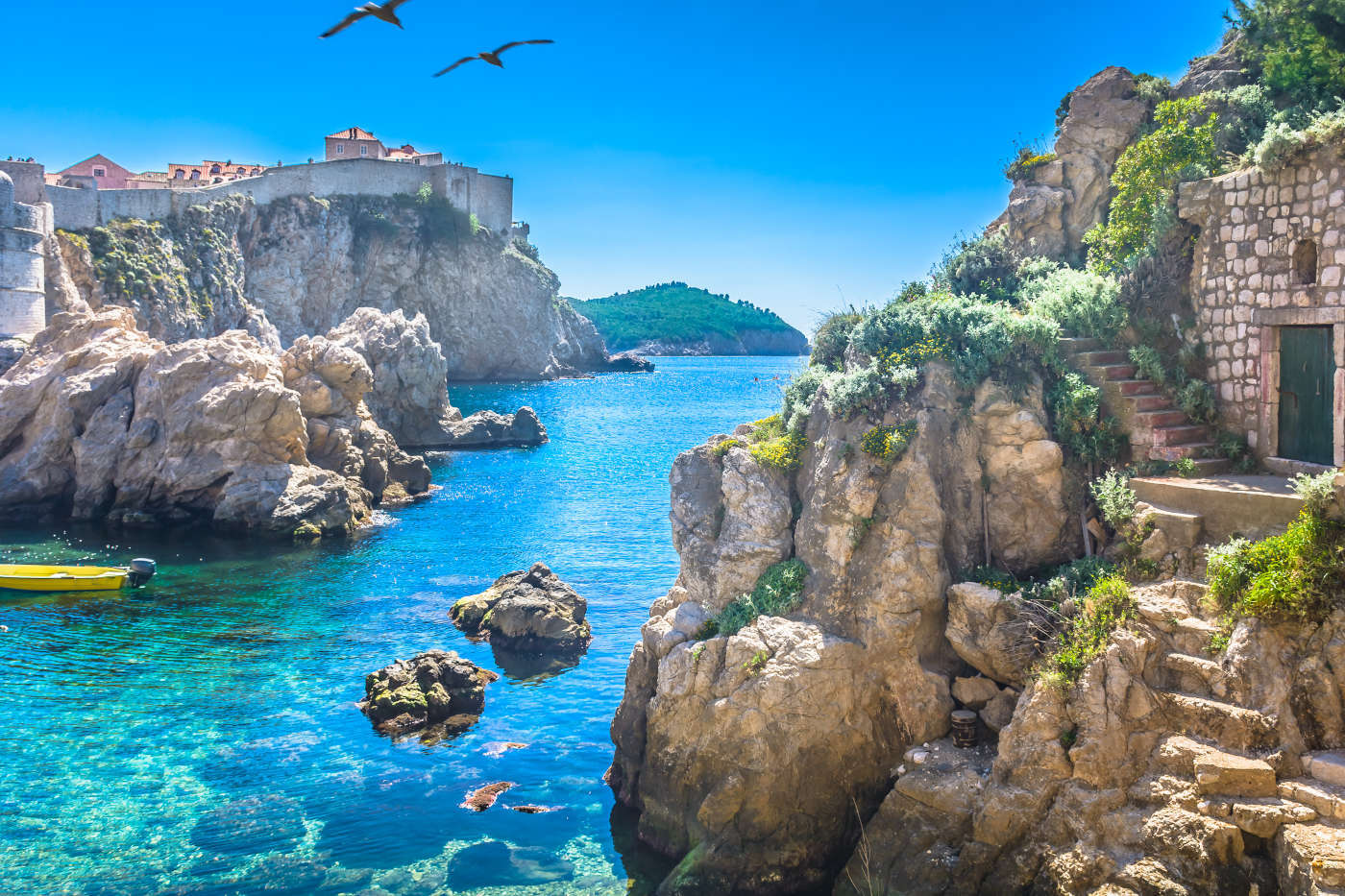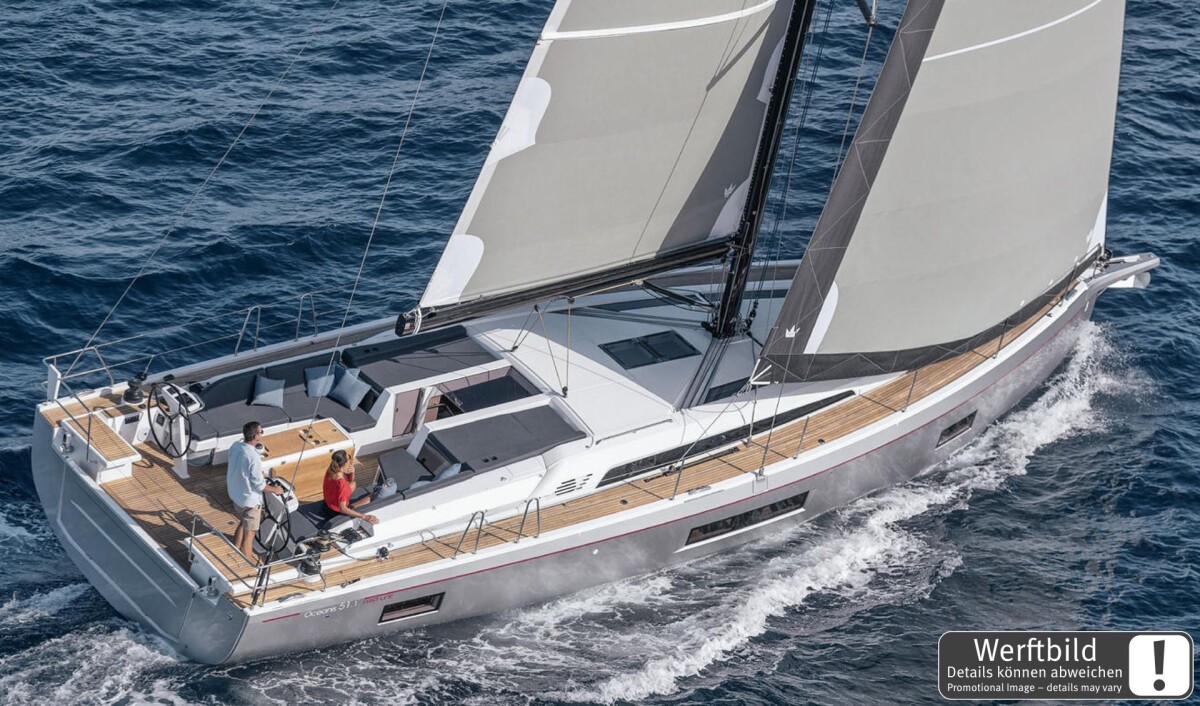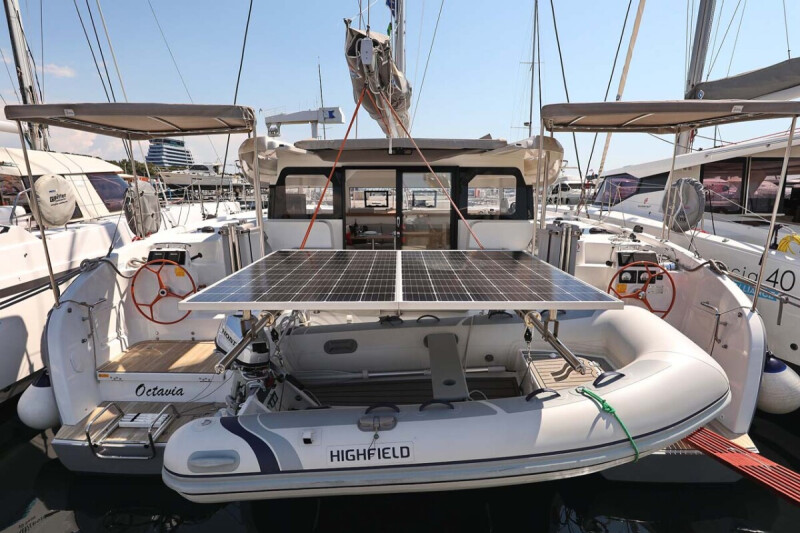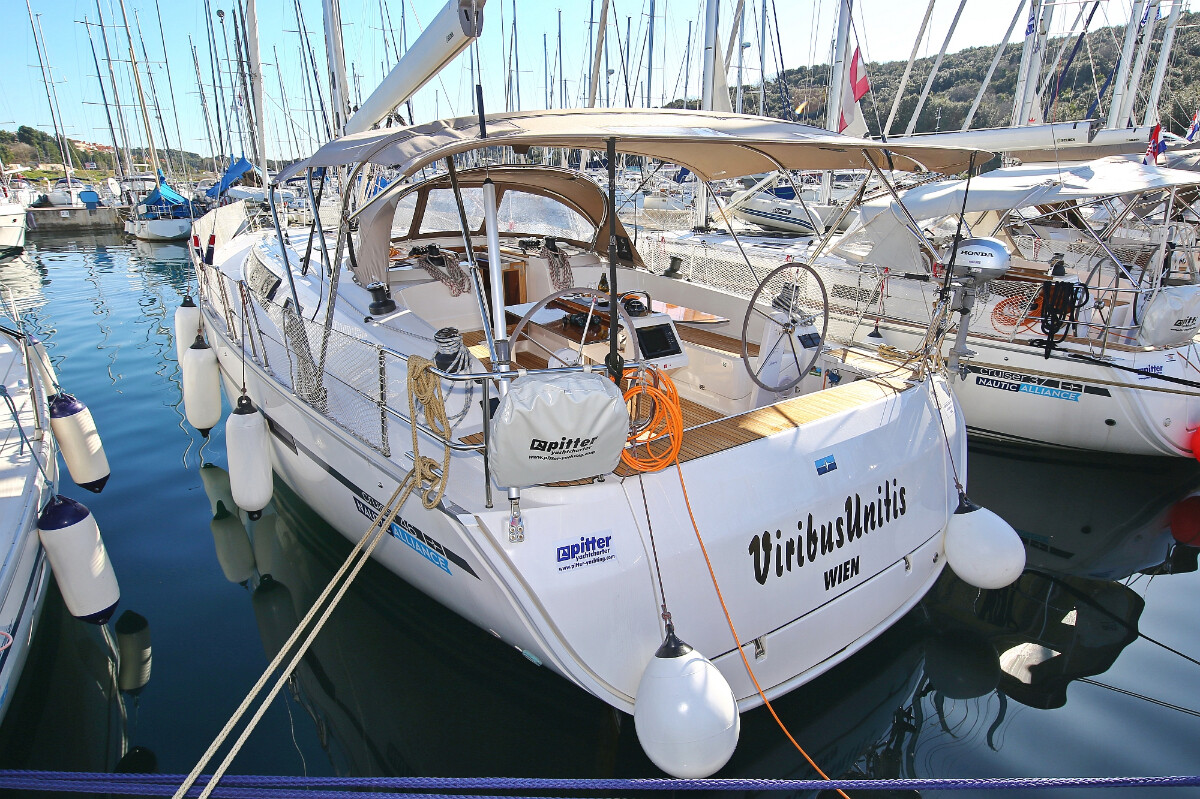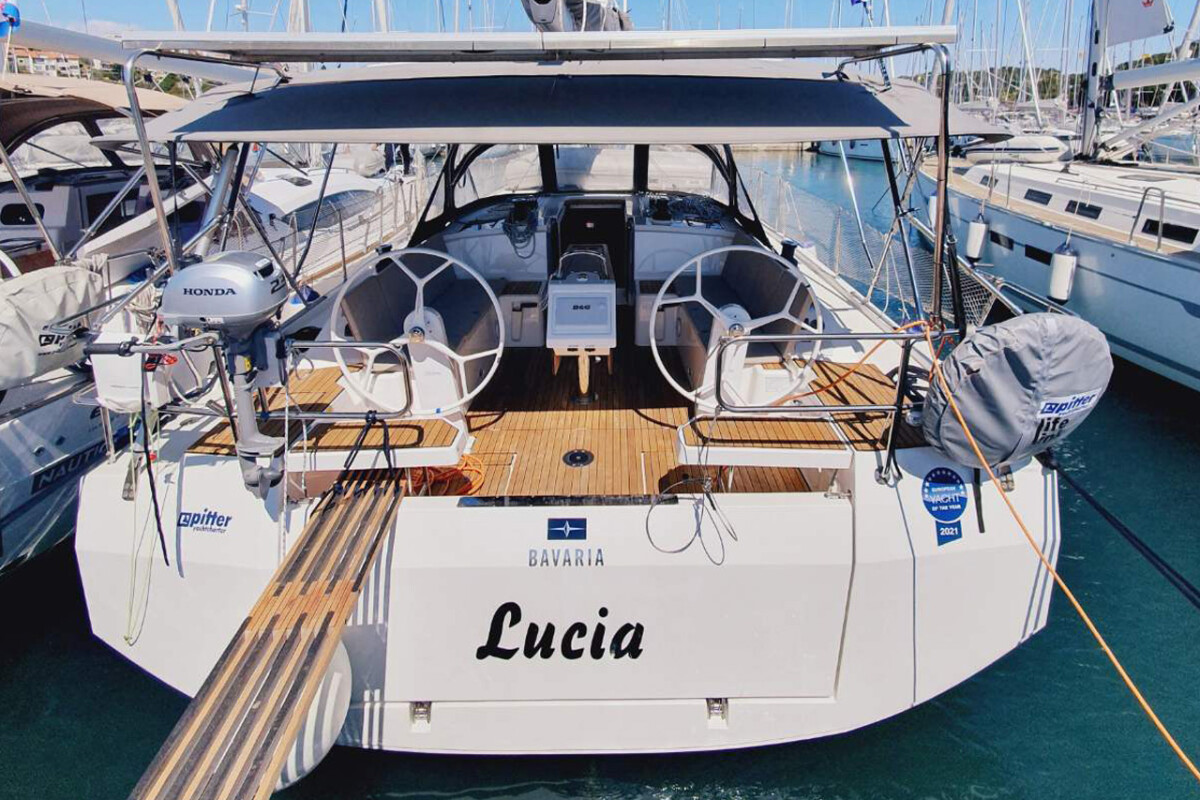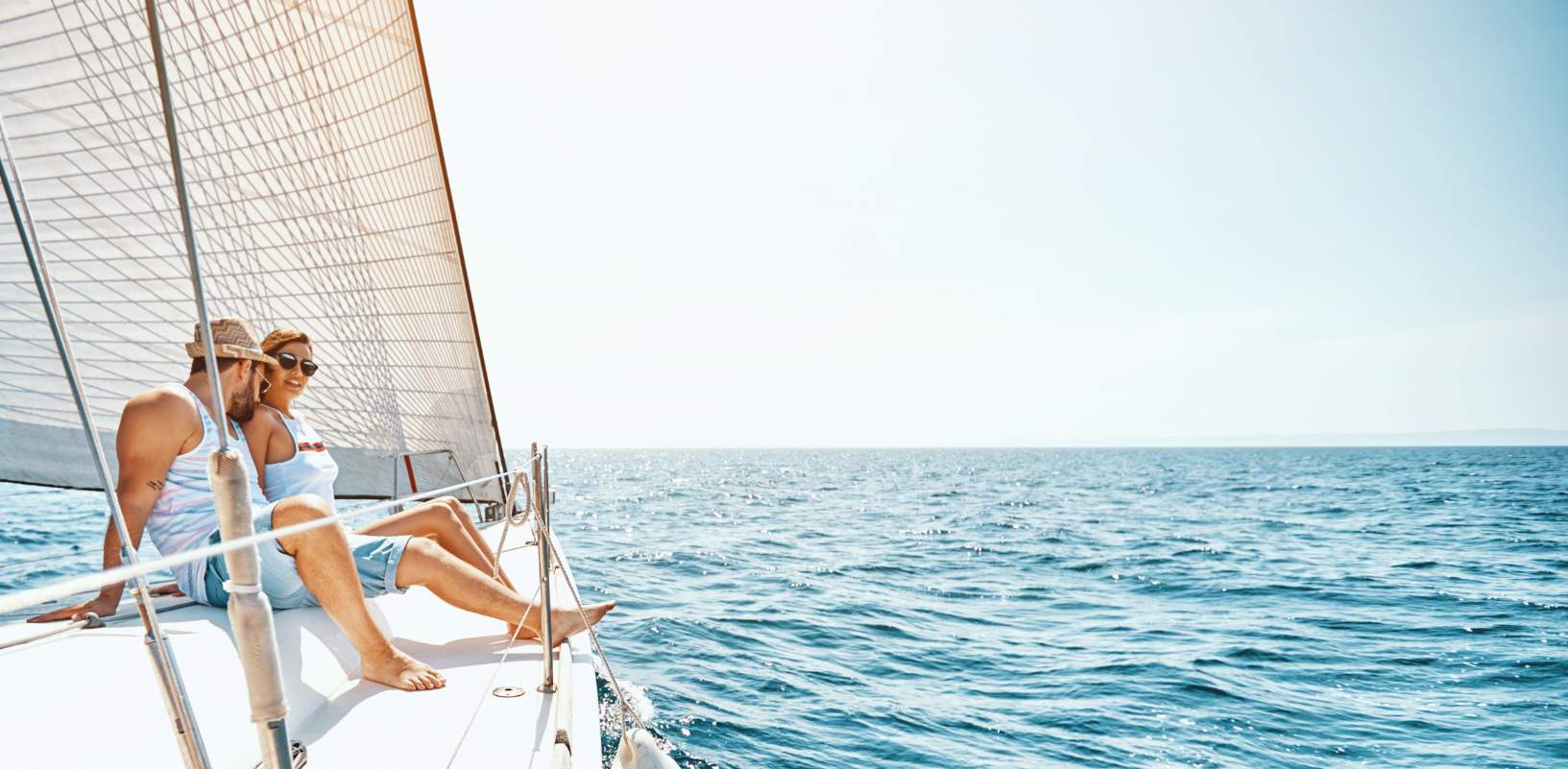Lovely beaches, breathtaking sunsets, fantastic nightlife, and adventure activities; Istria has it and many more. The charming, picturesque county of Istria is filled with narrow, cobbled streets giving a striking Italian-like look.
Apart from the beaches and lovely food, they all share a history dating back to the 10th century. As a matter of fact, the historical part of the town is still visible among the remains of the town walls and towers.
Most coastal towns have been under the Roman, Venice, and Austrian-Hungarian empires at some point in history. And hence, there is a significant influence of both Roman and Venetian architecture in the Old Town.
Today these towns serve as a true haven for thrill seekers and sun-seeking beach vacationers. So, if you are stopping by as a part of your sailing holidays, you may want to visit scenic Istria.
What's the Weather like in Istria?
Packed with pebble beaches, crystal clear waters, and ancient Roman ruins, Istria is a terrific place to visit. The best part is that it has a fraction of the crowd as other tourist destinations.
Situated to the North-East of the Adriatic Sea, the Istrian Peninsula acts as a bridge that connects the Central-European region with the Mediterranean. And hence it has the typical Mediterranean along the coastline but gradually changes to a mild continental climate as you move inland towards the Alps.
Coastal regions of Istra enjoy warm and long summers with mild and pleasant winters. January is the coldest month of the year, with the temperatures dropping as low as 6°C. Winters are short with rains and winds.
Summers start early and are also long-lasting. They are a pleasant period except for 20 days in July and August when the temperatures soar over 30°C.
What’s the best time to visit Istria? The ideal time to sail on your yacht charter Croatia is between April and October. However, the sea can take until August to reach the optimum temperature of 24°C. On a hot day, it can go as hot as 26°C, but that's it.
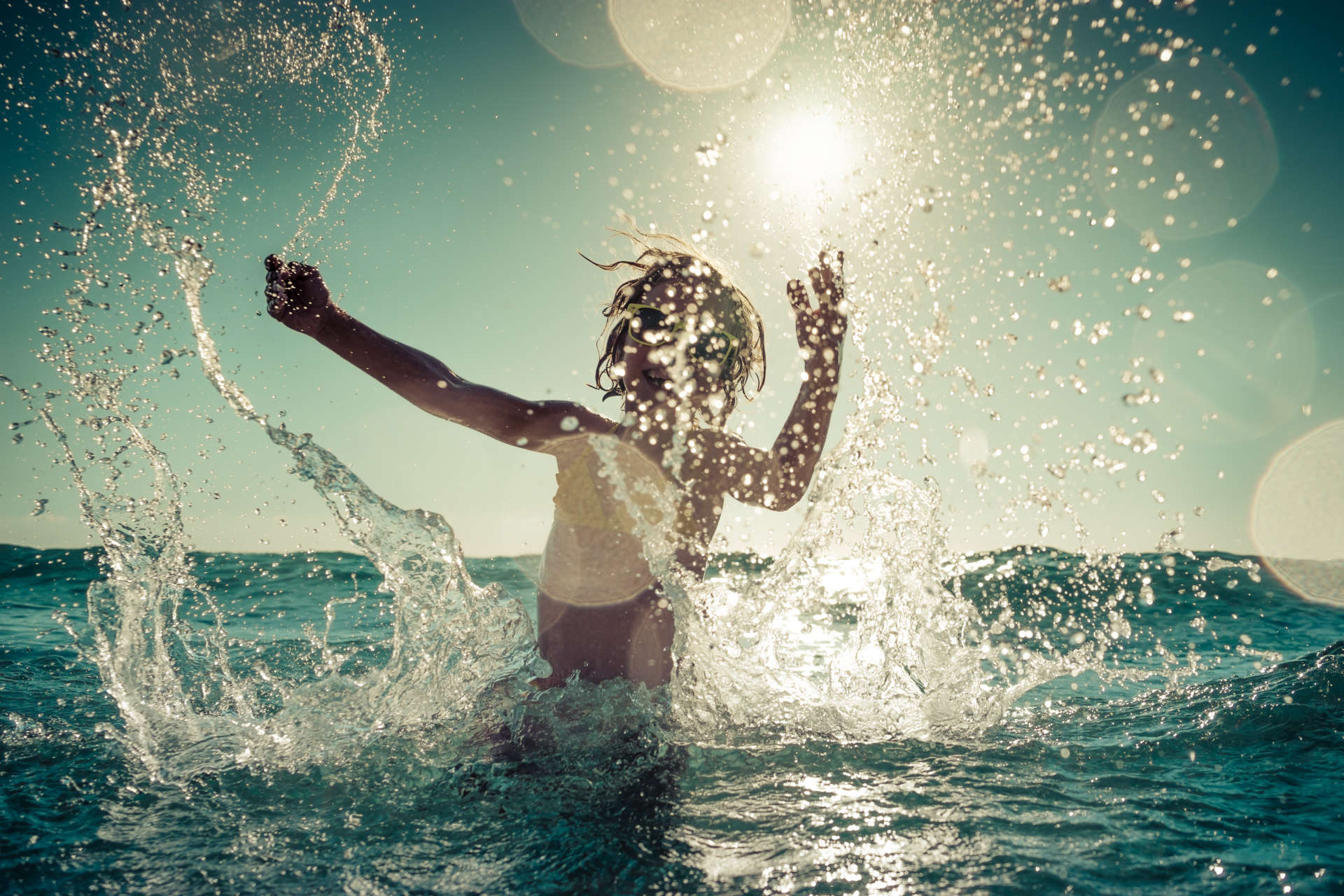
Best Beaches in Istria
Being a coastal region, Istria has some of the best rock and pebble beaches. The numerous bays and bathing spots make this an ideal spot to take a dip and sunbathe. Here are some of the beaches you may want to visit during your Istria Yacht Charter experience.
- Valdaliso Beach - Valdaliso Beach is a rock and pebble beach situated on the north side of Rovinj with a fantastic view of the Old Town. Apart from swimming, this beach also has plenty of sports facilities.
- Porton Biondi Beach - Located within a stone’s throw of Old Town, Porton Biondi is a 700-meter-long pebble, rock, and concrete beach. Since it lies in a beautiful cove, it is ideal for swimming or sunbathing.
- Katoro Beach - Katoro Beach lies outside the town center and away from the crowds. The rock and pebbly beach offers watersports all through summer.
- Laguna Stella Maris Beach - Located 3 km from the town center is Laguna Stella Maris Beach. With green trees surrounding the beach, it is private and secluded.
- City Beach Orsera - Located within walking distance of the old town of Vrsar. The 900 m long beach is famous for its clear sea, thick pine trees, and magnificent view.
- Valkanela Beach - Valkanela Beach is one of the best-kept rock and pebble beaches. With stunning beach scenery and crystal clear waters, this beach is ideal for sunbathing.
- Brijuni riviera beach - Brijuni riviera beach is one of the most picturesque beaches in the Brijuni islands. But firsthand, you may want to see the mainland pebble beach of Fazana.
- Brulo Beach - Just 2 km from the town center, Brulo beach adjoins the pine forest. With a natural pool on one side of the beach and shallow water for splashing, this beach is ideal for children.
- Zelena Laguna - Zelena Laguna is a rock and pebble beach 5 km south of the main town. With its many coves and small bays, you can easily spend a day here fun and frolicking.
- Cyclone Beach - Cyclone beach is neither easily accessible nor has many facilities. But the beauty of the rock and pebble beach more than makes up for it.
Tourist Destinations in Istria Region
Istria is a wedge-shaped peninsula located in northwest Croatia. It may look small on a map, but there is a lot to see and do.
To make your vacation one to remember, hire a yacht charter Croatia! With some of the breathtaking coastal cities, islands, coves, and bays, Istria is something you should experience.
From luxury sailing yacht charter to motor boat charter and catamaran yacht charter, you are spoilt for choices regarding sailing holidays.
Here are some of the coastal towns our yacht charter Istria stops at:
Umag
Umag is a charming old town that lies north of Istria. Also called “Croatia’s Gateway to Europe,” Umag is one of the most popular tourist destinations in Croatia. It was also once a part of the Venetian empire and a popular summer residence for Roman nobility.
With its narrow cobbled streets, little bays, bathing spots, stunning beaches, idyllic vineyards, and picturesque olive groves, Umag has something for everyone. It is also known as the Istrian sports center after hosting the ATP tournament for many years.
Some of the must-see tourist spots in the country include:
- Umag Municipal Museum “Gradski Muzej”
- Church of the Assumption of the Virgin Mary
- Umag Old Town
- Lighthouse Savudrija-Salvore
- Sunken Town Of Sipar
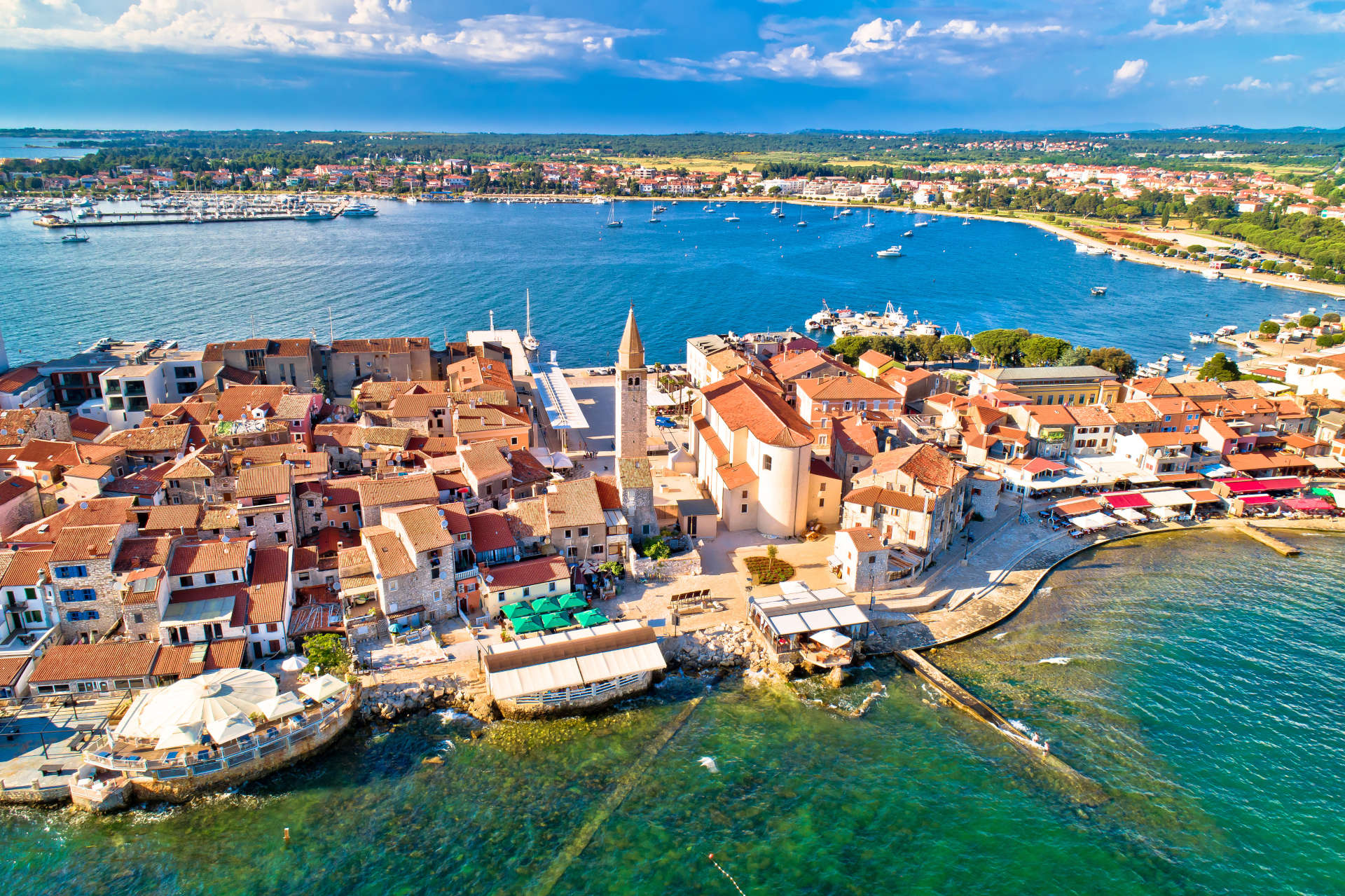
Poreč
Poreč is a beautiful coastal town in Istria county and also the most popular summer resort in the region.
The history of Poreč dates as far as the pre-historic times when the region was occupied by the Illyrian tribe called the Histri. Later, it became a Roman settlement and then changed hands a few more times until it became a part of Croatia in 1991.
In saying that, Poreč has been a tourist destination since 1907, when the Austrian Riviera Company was established.
The town has a 2000-year-old rich history that still exists in the form of Roman archways, historic walls, picturesque Venetian palaces, well-preserved mosaics, and many others. Poreč is home to the Basilica of Euphrasius, a UNESCO World Heritage Site since 1997.
Here are some of the exciting things to do in Poreč:
- The Decumanus
- Marafor Square
- Parliament Buildings
- Basilica of Euphrasius
- Lungomare Porec (waterfront promenade)
- Trg. Slobode (main square) & Church Gospa od Andela
- The Towers of Porec
- Matije Gupca Square and Zuccato Palace
- Romanesque House
- Park J. Dobrile and Roman archway
- Otok Sveti Nikola (island of Sveti Nikola)
Vrsar
Vrsar is an idyllic fishing town situated on the shores of the Adriatic sea 10 km south of Porec. Away from the tourists, Vrsar has maintained its reputation as a Mediterranean fishing village.
The most important tourist destination in the city is the historic old town with its lovely little harbor. Thanks to the pleasant weather, there are several opportunities for hiking and cycling on its many trails.
Vrsar has a reputation as being the “City of Sculptures” and is also home to the famous Dušan Džamonja’s sculpture park. Vrsar is also known for its wine grapes and olive groves, as well as its sea delicacies.
Some of the must-see destinations in and around Vrsar include:
- The Harbor
- Old Town
- The Montraker Quarry
- Dinopark Funtana
- Limski Canal
- Aeropark Vrsar
- Sculpture Park
- The Church of St. Foška
- The Romanesque City Gate
- The Church of St. Anthony
- The St. Martin Romanesque
- Basilica of St. Mary of the Sea
Rovinj
Rovinj is a beautiful port city located to the north of the Adriatic Sea in the Istria peninsula. The idyllic Istrian city was awarded the destination of the year for 2019 by the Croatian National Tourist Board.
Originally an island, the narrow canal separating Rovinj from the mainland was filled in about 250 years ago. Initially an Illyrian settlement, Rovinj became a part of the Roman Empire and then to Venice centuries later.
From the Church of St. Euphemia to the Balbi Arch and Old Town, Rovinj has several attractions in and around the city. Some of the must-see attractions include:
- Balbi Arch
- Old Town
- Ulica Grisia
- Church of St. Euphemia
- Town Museum on Trg M Tita
- Rovinj Aquarium
- Punta Corrente Forest Park
- Rovinj Museums (Batana Museum, Rovinj Heritage Museum)
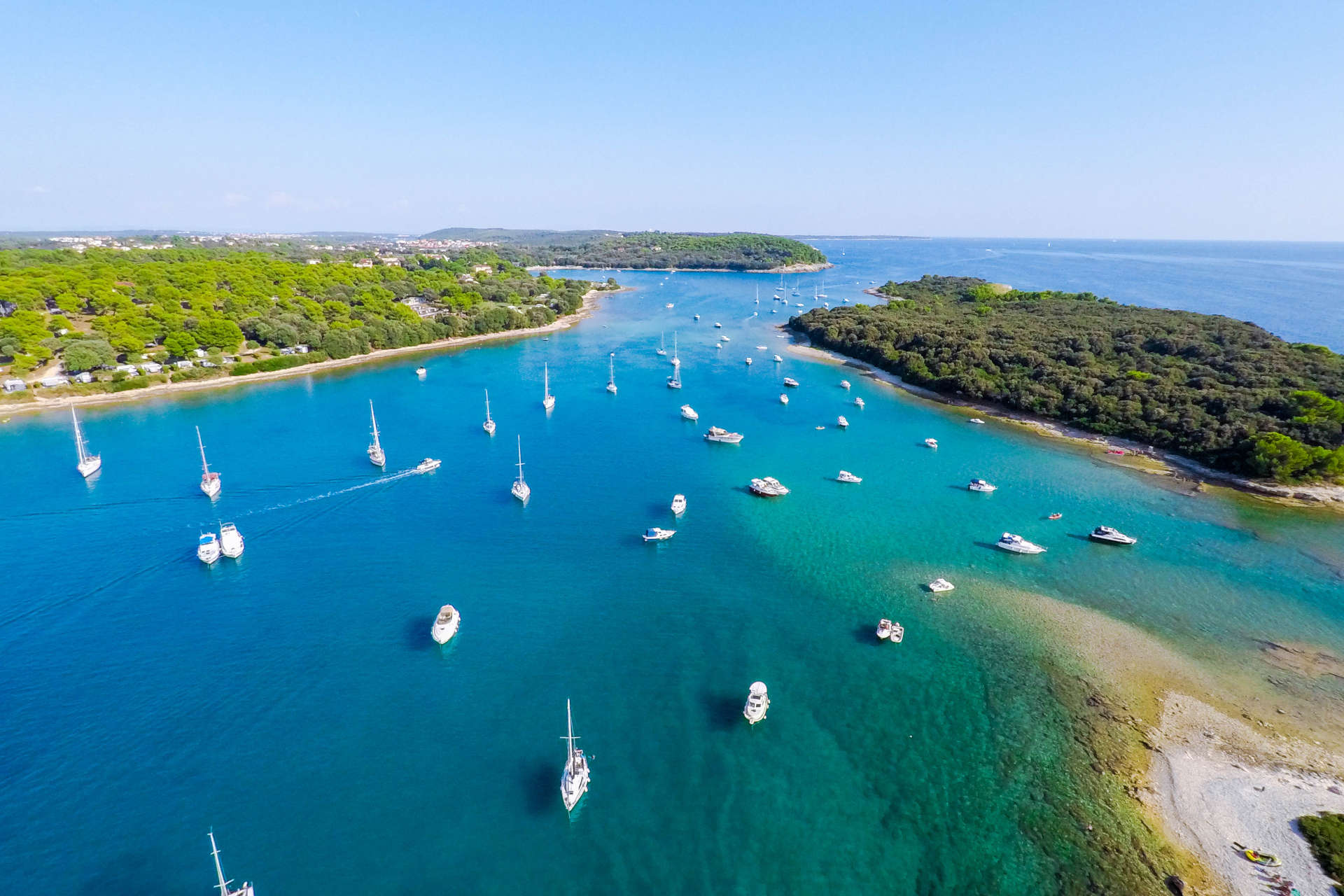
Pula
Much like other coastal towns in Istria, Pula is a historical old town on the shores of the Adriatic sea. What sets it apart from the other towns is the several Roman monuments, all in pristine condition. For close to 5 centuries, it was under the Roman empire, hence earning the name “Little Rome.”
With nearly 60,000 residents, Pula is the largest city in Istria. The history of Pula dates back to the Neolithic age, with the Illyrians settling in the city in the 10th century BC, making it one of the oldest cities in Croatia. Romans then conquered the city, after which it remained a popular Roman settlement.
Owing to its history, Pula has a whole lot of attractions from church, town square, and the famous Pula Amphitheater, most of them situated within the city. The Old Town is a must-see in Pula due to its eclectic mix of Roman, Venetian, Austrian, and Italian architecture.
Here are some of the most interesting sights in and around Pula:
- Trg Forum (Forum Square)
- Triumphal Arch of Sergius
- Pula Amphitheater
- Temple of Augustus
- Market Hall in Pula
- Fortress Kaštel
- Sveti Antun Church & Monastery
- Peninsula Verudela
- Pula Aquarium
- Pula Sea Cave
- Cathedral of the Assumption of Mary
- Franciscan Church and Monastery
- Cape Kamenjak
- Brijuni National Park
Brijuni
The Brijuni archipelago is a collection of fourteen islands to the north of the Croatian coast. They are not too far and is accessible by a short boat ride. Covered by meadows and forests, the islands became a national park in 1983.
The history of the Brijuni archipelago dates back to the Roman empire as is evident by the ruins of the Roman villas on the islands. The islands were used as a summer getaway in the Roman empire. After the fall of the Roman empire, the islands changed hands quite a bit including the Venetian empire and Austro-Hungarian empire.
Though there are 14 islands, you would be able to visit the largest islands in the groups, Veliki Brijun and Mali Brijun.
- Roman Villa in Verige Bay
- Byzantine Castrum
- Ulysses Theatre
- Belveder Javornik
- Koch’s Trail
- St Germanus' Church
